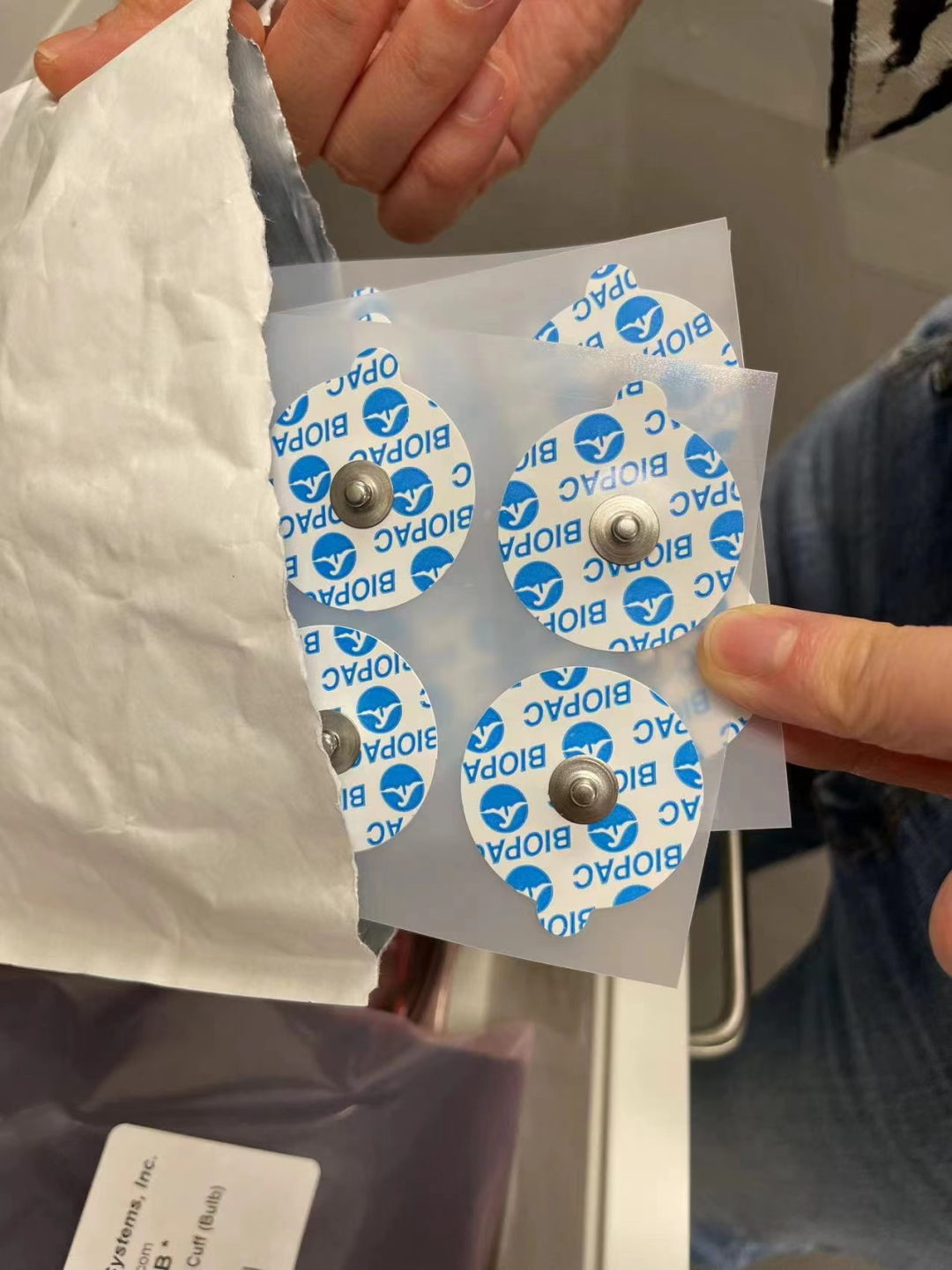The AxBrain team emphasizes the importance of developing effective strategies to alleviate anxiety, particularly given the significant levels of “involution” and anxiety among young individuals. Amid the COVID-19 pandemic, Autonomous Sensory Meridian Response (ASMR) is emerging as a promising and accessible relaxation technique. ASMR is a human perceptual phenomenon evoked by diverse stimuli, with auditory triggers being the most prevalent. Previous studies have demonstrated the potential of ASMR to alleviate depression, underscoring its value in mitigating negative emotional states among humans.
To prove the effectiveness of auditory ASMR in relieving anxiety, the team conducted an experiment involving 200 participants at Duke Kunshan University, where they received ASMR auditory stimulation and were assessed by completing the SAS Anxiety Scale and a series of physiological tests including blood pressure, heart rate, electrical skin response, etc. The results are based on the time of completion of the SAS tests, the subjects’ anxiety levels, as well as the physiological objective anxiety responses provided by the quizzes. The members expect to find that auditory ASMR can help young people relieve anxiety and to analyze the most effective ASMR trigger categories.

Christine Sui
Founder

Alice Cui
Technique Manager

Yihang Yang
Project Operation Manager
Q: There are many ways to relieve anxiety on the market, why did your team select ASMR to cope with anxiety?
A: ASMR’s high accessibility is considered its most significant attribute. In the post-pandemic era, individuals face difficulties in obtaining timely interventions for their internal anxiety. Traditional methods such as exercising, seeking medical treatment, and traveling require high costs in terms of time and space, which makes them less accessible. Conversely, ASMR can be achieved with minimal effort, requiring only a quiet room, a comfortable seat, and a pair of headphones. Accessibility is a key term in ASMR, as it allows individuals to self-administer their relaxation techniques on their own terms. Therefore, we believe that ASMR is an excellent method for the general public to reduce stress and anxiety. By promoting its accessibility, we can encourage individuals to try ASMR as a tool for relaxation. Ultimately, our aim is to contribute to the existing literature on ASMR and its potential benefits for mental health.
Q: What are the innovative points that stand your project out?
A: Our project exhibits several innovative designs. Firstly, it focuses on Chinese students, whereas previous research has been based solely on data from abroad. Secondly, the project combines psychological and physiological experiments, which may provide different results compared to studies that solely use subjective or objective measures. Thirdly, the project specifically concentrates on the auditory triggers of ASMR, separating auditory and visual stimuli to better control for variables and more precisely evaluate the effectiveness of the auditory stimuli. Lastly, the aim of the project is to match sound waves with auditory triggers and through quantitative analysis, help participants discover the most effective triggers for their anxiety relief, which could potentially lead to the development of customized products in the future.
Q: In what ways has InE (Duke Kunshan University Innovation and Entrepreneurship Initiative) been supportive of your project?
A: Our experiment combines subjective and objective factors, making it necessary to have high-quality hardware equipment. In this regard, InE has been instrumental in supporting us with the necessary funding to purchase various professional experimental equipment, such as metal patches and facilities for obtaining heartbeat, blood pressure, and EEG. Furthermore, we encountered space-related challenges earlier, as the psychology laboratory was frequently in use, and scheduling experiment times was difficult. InE has provided us with Innovation Lab that is available at any time, with a long window of availability and flexible appointment times, which has been very beneficial for our experiment. Overall, InE has provided us with substantial support in terms of funding and space, which has facilitated the successful execution of our experiment.


Q: Are there any future plans and visions for your project?
A: Upon obtaining the experimental results, our primary objective is to submit them to a scholarly journal. If accepted, we plan to promote our research on various social media platforms to increase public awareness of the study and dispel misconceptions about Autonomous Sensory Meridian Response (ASMR). Moreover, we intend to conduct a promotion campaign at our school to educate students about the effects of the three types of trigger sounds utilized in our study. To further promote our findings, we are planning to organize exhibitions and experiential activities in March or April of this year. Furthermore, we will seek feedback from our classmates to gather opinions on how we can improve our research and provide more effective references for future academic journal submissions. Overall, our aim is to disseminate the findings of our study, promote ASMR research, and contribute to the academic literature in the field.

